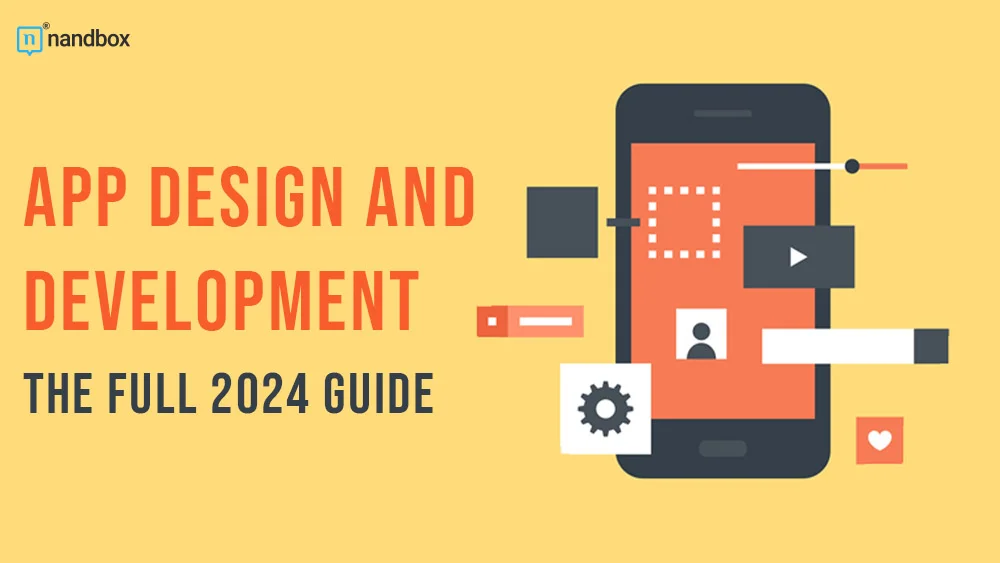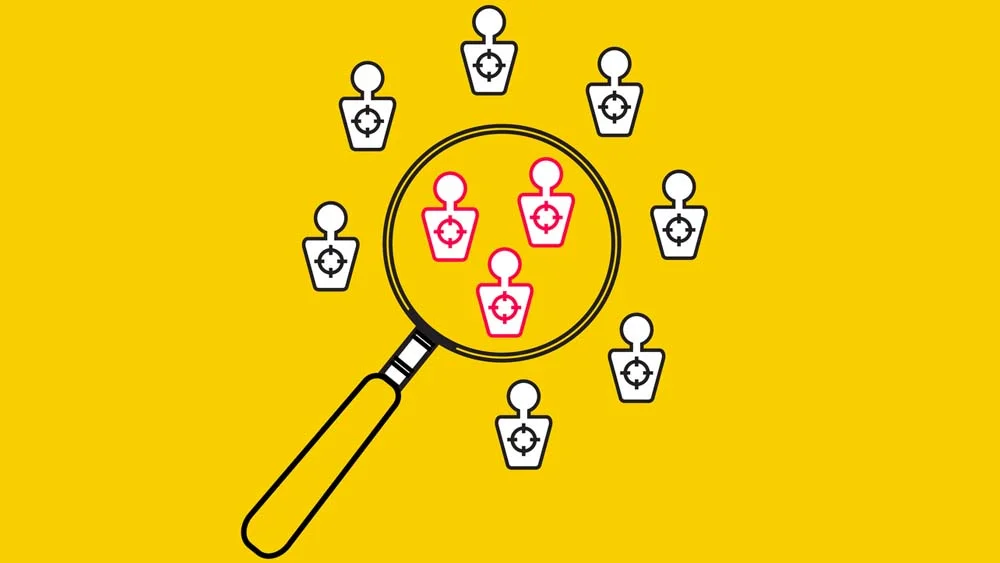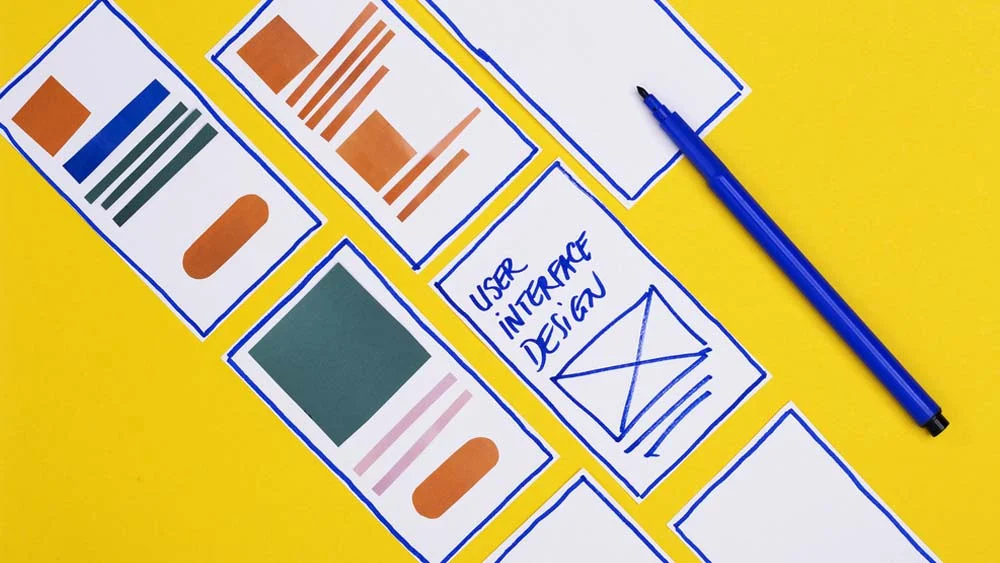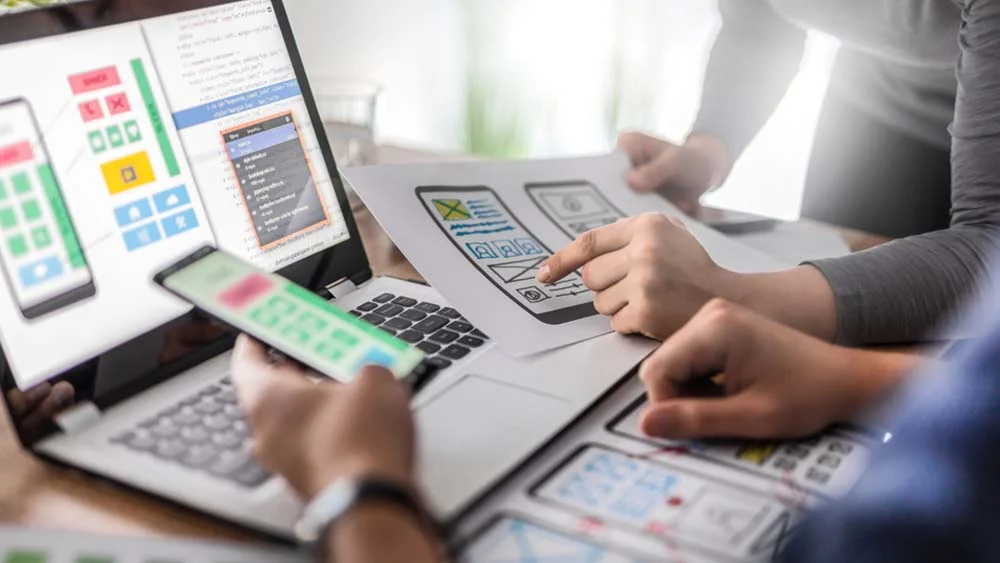When it comes to making apps that function perfectly on digital devices and keep users interested, app design and development cover a wide range of skills and methods. At the heart of making apps is having a basic knowledge of what users want and how technology works. This guide aims to tell you what the fundamentals of app design and development are. The first step in this process is to figure out what the app is for and who it’s meant for. This information guides design choices and useful needs.
Design concepts, which stress simplicity, usability, and consistency, are very important to the development process. A well-designed app not only looks good, but it also makes it easier for people to use by having responsive styles and easy-to-navigate sections. User interface (UI) design and user experience (UX) design are both very important. UI design looks at how an app looks, and UX design looks at how users interact with it.
Picking the correct computer language (Swift, Kotlin, React Native, etc.) and development platform (iOS, Android, or cross-platform) is an important part of making an app that works well and can be expanded. Developers also need to know how to manage data, integrate APIs, and make sure that security steps are in place to keep user information safe.
What Is App Development? A Quick Overview
This is a comprehensive process called app or software development. It involves making software programs that can run on many digital devices, like computers, smartphones, and tablets. This broad field brings together technical knowledge in computer languages and software engineering with creative design and user experience strategies to make apps that work well and are easy for people to use. In this field, professionals try to figure out what users want.
Additionally, they make systems that are easy to use, and add features that work well. From the first idea to the final release, app development involves careful planning, testing over and over again, and constant improvement to make sure that apps meet high standards of speed, security, and scalability, meeting the changing needs of digital users and markets.
What Is App Design? A Quicker Overview of This Concept
App design refers to the process of creating apps that are user-centered, engaging, and provide users with an experience that is both fluid and easy to use. A clever combination of visual, interaction, and motion design ideas is utilized, and these ideas are designed to fit the needs of users as well as the objectives of the organization. Designers of professional mobile applications devote a significant amount of work to the creation of engaging user interfaces that simplify navigation and functioning.
As a result, the program will have a nice appearance and will function properly. People who work in this industry need to have a lot of knowledge about how people use apps, design trends, and technical standards in order to be able to create apps that are not only visually beautiful but also boost user pleasure and interest. In the end, the design of mobile applications is an essential component of the success of digital goods since it helps to bridge the gap between what customers desire and what technology is capable of doing.
The Relationship Between App Design and Development
There is a mutually beneficial relationship between app design and development. Both are essential to making great digital apps. The user interface and experience are important parts of app design because they determine how an app looks and feels to the user. It includes figuring out what the users want, creating the app’s look, and planning their path through it. On the other hand, development uses code to bring this design to life, turning ideas and layouts into a product that works. Developers put together the app’s technical structure and make sure it works well, is safe, and can grow as needed.
It’s important for designers and developers to work together smoothly so that apps look good, work well, and are easy for people to use. Designers and developers must work together well and have a common knowledge of the challenges and goals in order to make an app that meets user needs and meets business goals. This connection shows how important it is to make apps in a way that makes design and development work together to improve each other. Below, we will uncover the steps that you need to know in order to create a seamless app design and development.
Know and Understand Your Objectives
When it comes to app design and development, having a solid understanding of the app’s goals is imperative. For this, you will need to conduct a substantial amount of market research. One that will help you identify your potential users. Additionally, understand the challenges and requirements that they face. In order to gain a better understanding of what potential users are looking for in an application, it is beneficial to conduct interviews, ask questions, let people take surveys, or form focus groups with them.
On the basis of this information, establishing goals that are both explicit and measurable is an effective way to ensure that the features of the app and the user experience are in accordance with what consumers desire. By using this strategic approach, the application will be able to fulfill the requirements of its users, have a distinct purpose, and stand out in a competitive market. In addition to this, it will assist in guiding the design and development process, which will result in the application being more user-friendly and useful.
Mark Your Target Audience
Now that you’ve done your market research for the app’s objectives and goals, you will have to determine your target demographics or audience. You can gather data on your audience by asking them questions and giving them surveys. Another way that will help you get to know your target audience is by conducting a competitor analysis. This step will help you mark down what users love and dislike when it comes to checking out the reviews of your competitors.
Know what your audience likes and implement it in your app. Understand what they lack or miss, and work on providing them with something that has been missing from the competition’s application. This way, you will pave for yourself a good starting point that will help you connect and communicate better with your audience to build for them the perfect app that they need.
Wireframe Your App to Create a Seamless App Design
Creating a solid foundation on your wireframing tool is an essential phase in the process of designing an application. It acts as a blueprint for the structure and functioning of the application. In order to complete this step, you will need to create straightforward schematic drawings that describe the structure of the application.
These drawings will include the positioning of elements such as buttons, text, and images. Prior to moving on to more comprehensive design stages, designers and stakeholders are able to review and develop the navigational structure and user interaction patterns of the application through the use of wireframes, which place more of an emphasis on usability and user flow than on aesthetics.
Don’t Forget Your UI/UX For Your App Design As Well!
UI (User Interface) and UX (User Experience) are important elements that you will need when designing and building an app. They aim to shape the app and show you how it looks and feels and how users interact with it. The goal of UI design is to make an interface that looks perfect. Additionally, create an interface that fits with your business brand and is easy to navigate. That is, by considering things like layout, colors, fonts, and icons. UX design, on the other hand, is all about making the user’s trip through the app easier, faster, and more satisfying. To do this, you need to know what the users want, make user profiles, and plan out user flows. Which you already have covered because you already identified your target audience; see how it all fits?
UI/UX is very important to the success of an app because it has a direct effect on how users see, navigate, and use the app. A well-thought-out UX keeps users satisfied and happy by making the experience smooth and easy to use. A well-designed UI attracts users to download your app. In the app market, where competition is high, apps with better UI/UX stand out, which makes users more engaged, happy, and loyal. Investing in UI/UX isn’t just about making an app look good; it’s also about giving users a good experience from start to finish that meets their needs and helps the app reach its goals.
Testing and Launching Your App
These are the two final steps in your app design and development process. Testing your app before launching it is a crucial step that you have to execute. This is the step that shows you whether your app has bugs, issues, design problems, coding troubles, or not. When you get to understand your app’s flaws before launching, you will have enough time to fix them and work on making your app the best version of itself.
Launching your app as a step comes as a final one. You will eventually finish your app design and development and start launching it for people to know about and download. That is why it is the final step that helps bring your app to light. All you have to do is create developer accounts on iOS and the Google Store in order to be able to launch your app on both reputable platforms.
Final Thoughts!
In conclusion, app design and development is a multifaceted process that requires a deep understanding of user needs and technological capabilities. Achieving a balance between aesthetic appeal and functional excellence is key to creating apps that users love and use.
For those looking to dive into app creation without the need for any coding or programming experience, I have the perfect solution for you. Our native no-code app builder, nandbox, offers a seamless solution. Transform your app ideas into reality effortlessly with nandbox, and start building engaging, high-quality apps today.






